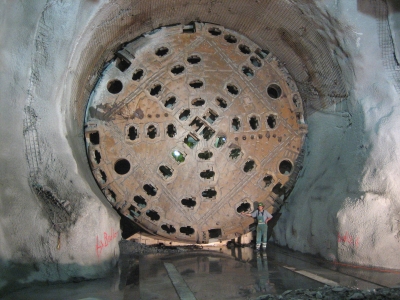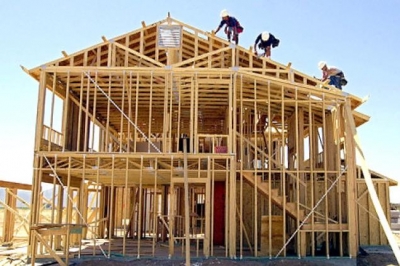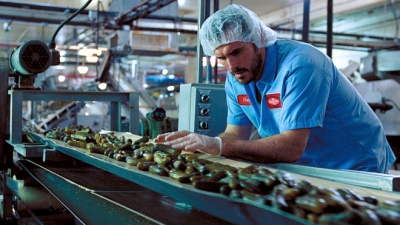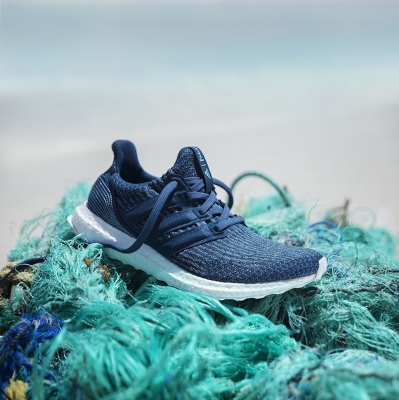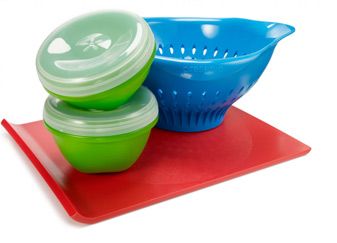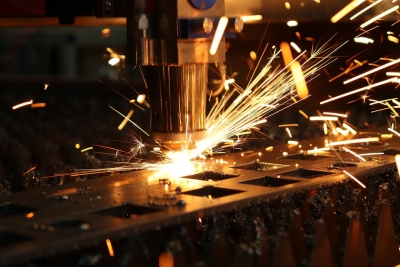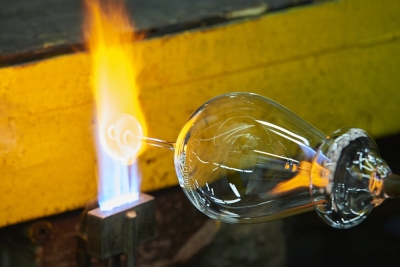How does bridge made?
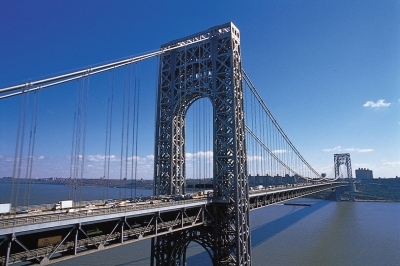
People have been using bridges to cross water for thousands of years. The earliest bridges were tree trunks. A tree growing near the bank was chopped down so that it fell across the river. Then people walked across on it. In the jungles of South America, for a long time people have made bridges out of the vines that grow there.
The ancient Romans built arched bridges out of stone. Many of them are still used today! Some bridges are still made in the same way,
Bridge-builders build strong columns, called piers, on each side of the arch. Then a strong frame is made out of wood between the piers. The arch stones are laid on top of the frame. Each stone is wedge-shaped-it is wider at the top than at the bottom. The last stone, which fits in the middle of the arch, is called the keystone. When the keystone is pushed into place, the wooden frame is taken away.
The arch will then stay in place by itself. Each stone is pressing against the next, so they hold one another up.
Picture Credit : Google
